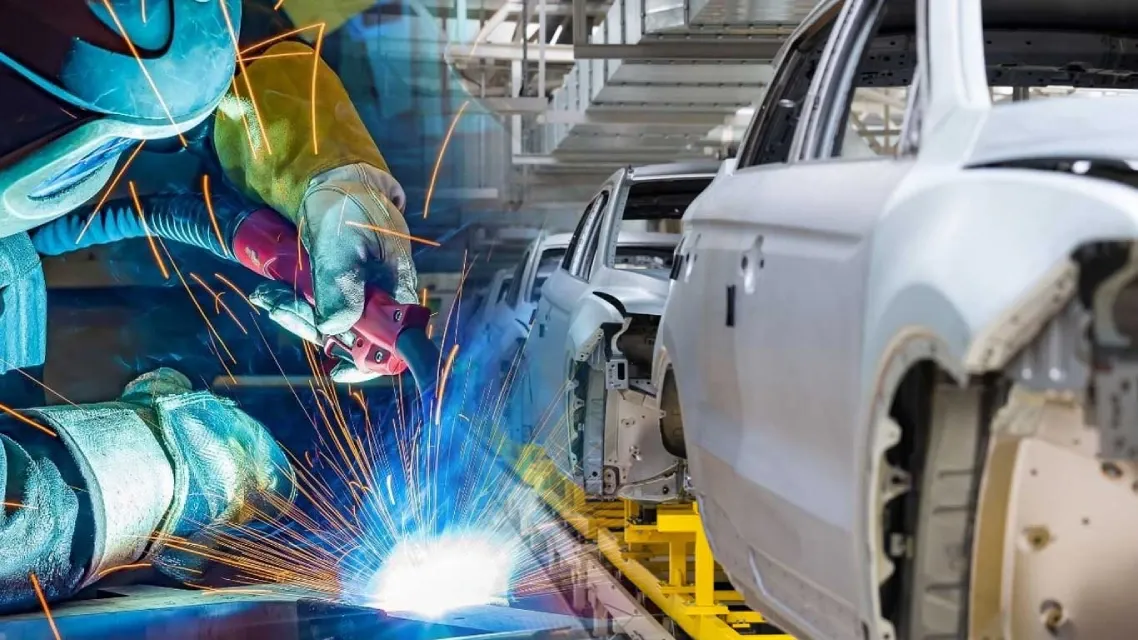

A proposal that would mandate luxury and high-end car manufacturers in India to utilize "green steel" is being considered. Green steel is made using recyclable waste, hydrogen, and renewable energy sources, among other processes that result in very little carbon emissions.
This proposal's general justification is that consumers' preferences for high-end or luxury cars are less susceptible to price swings brought on by advancements in technology. Put another way, luxury car customers are a good fit for the use of green steel since they are more willing to spend a higher premium on their vehicles.
Presently in the suggestion stage, the idea seeks to encourage the use of green steel in government projects as well as the manufacturing of high-end automobiles. The goal is to help build demand for green steel and make the Indian manufacturing facilities profitable by requiring luxury automobile makers to utilize it, at least in part, for their high-end offerings.
For every million tonnes of production capacity, a conventional integrated steel plant in India would cost about $1 million to establish. Nevertheless, the cost of making the transition to green steel manufacturing might more than double, to $2–2.5 million for every million tonnes of steel produced.
Although green steel will cost more, the claim is that when low-carbon emitting technologies are used and adopted more widely, the cost of steel will decrease. Furthermore, the government may purchase green steel for its initiatives, which could encourage investment in these production sites.
European automakers have already begun looking into joint ventures to obtain sustainable steel for their manufacturing processes. For instance, Volkswagen intends to begin using Salzgitter AG's low-CO2 steel in its upcoming projects by the end of 2025. Mercedes-Benz AG has even invested in the Swedish startup H2 Green Steel to produce steel that is free of carbon dioxide.
Ford and BMW, two more European automakers, are investigating the possibility of incorporating green steel into their supply networks. Indian officials have taken notice of this trend and think that if the country's steel mills set up production facilities, they may pursue a similar strategy, particularly for high-end products, as long as the final pricing stays reasonable.
The idea of requiring luxury automobile manufacturers in India to utilize green steel is still in the early stages of deliberation. Should it be put into effect, it might significantly affect the Indian auto industry's attempts to lower its carbon footprint. The government hopes to stimulate the use of more environmentally friendly industrial techniques by encouraging the use of green steel, possibly across the whole automotive sector, not just in the premium automobile market.
Initiatives such as this one could help India establish itself as a frontrunner in the shift to a more environmentally conscious automobile sector as the world turns to a greener future.
Also Read: